Table of Contents
There are all kinds of things a baby might say to their mom. Babies start talking to their moms from the very beginning. They use sounds, gestures, and facial expressions to communicate. These early talks start a lifelong connection and the growth of their language skills.
You’ll hear many sweet, funny, and interesting things as your baby grows. These words show how much they’re learning about the world.
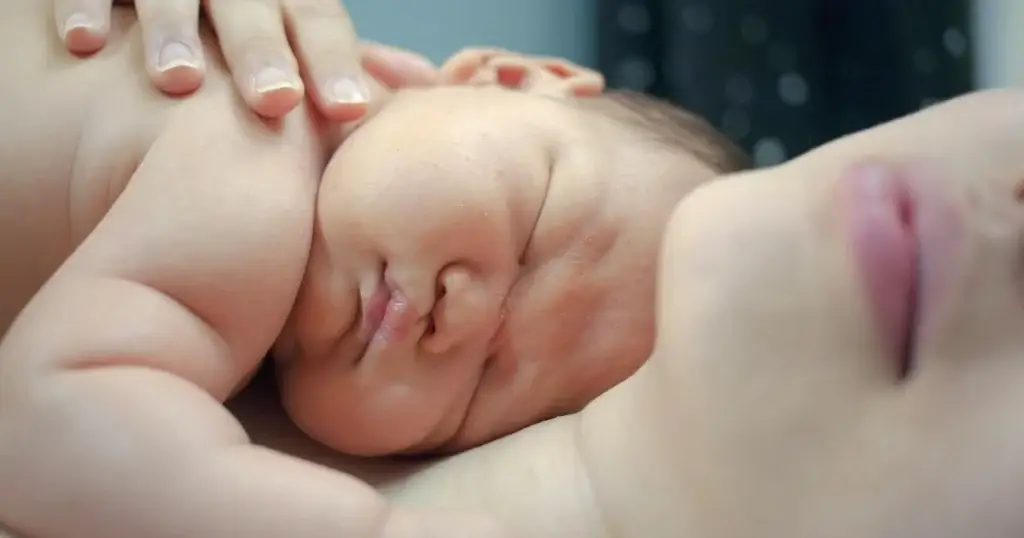
Key Takeaways
- Babies communicate from birth through crying, gurgles, and vowel sounds.
- Infants can distinguish between similar syllables as early as 4 weeks old.
- Around 2 months, babies start associating sounds with lip movements.
- Familiar words like “mommy,” “daddy,” and the baby’s name are often the first language cues.
- First words typically emerge around 12 months, including greetings, people, pets, and food-related terms.
Early Communication Development in Babies
Infant communication is a journey of self-expression and connection. Babies may not speak at first, but they can show their needs through non-verbal cues. Understanding these early signs helps parents support their child’s language growth.
First Signs of Communication
Newborns mainly communicate through crying. This is how they express needs like hunger or discomfort. As they grow, their cries change to show different needs.
By 3 months, babies start to recognize familiar voices. They may even react to loud sounds by startling or getting quiet.
Understanding Baby’s Cries
Learning to understand a baby’s cry is important for parents. Around 3 months, babies start making cooing sounds and differentiating their cries. Paying attention to the pitch, rhythm, and intensity helps parents meet their child’s needs better.
Non-verbal Cues and Gestures
Babies communicate in many ways, not just through sound. Their body language and facial expressions are key. By 8-9 months, they may start using gestures like pointing to show what they want.
By 11-12 months, they might follow simple instructions with visual cues. Recognizing and responding to these cues is vital for strong communication bonds.
The early stages of communication are crucial for language development. By understanding and responding to these first signs, parents can nurture their child’s communication skills. This sets the stage for a lifetime of meaningful connection.
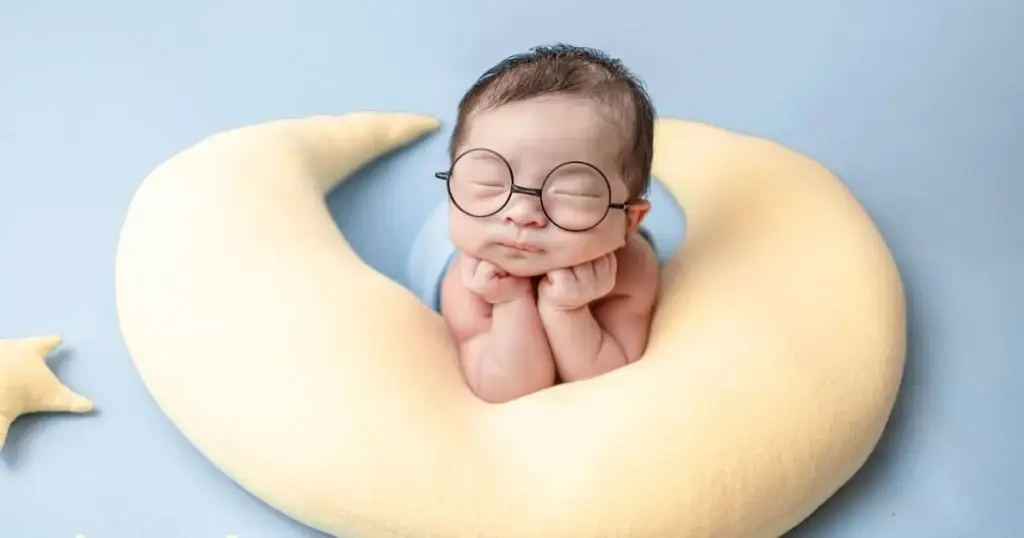
If you have concerns about your child’s communication, talk to a healthcare professional. Early intervention can greatly help address any delays or challenges.
From Gurgling to First Words: Baby’s Sound Progress
Babies start an exciting journey of speech development. They move from simple gurgling to saying their first words. This journey has many stages, each one building on the last.
At 4 to 6 months, babies begin to babble. They make sounds like g, k, m, w, p, and b. This is the start of their speech journey. They try out different consonant sounds and move towards making sounds that sound like words.
By 9 to 10 months, their babbling sounds more like words. They show better control over sounds. This is when they start to make their own invented words. This stage is key for their first real words.
| Age | Vocal Milestone | Description |
|---|---|---|
| 4-6 months | Babbling | Babies produce a variety of consonant sounds, including g, k, m, w, p, and b. |
| 9-10 months | Word-like Babbling | Babbling becomes more word-like, and babies start to create their own invented words. |
| 12 months | First Words | Babies typically start saying their first recognizable words. |
This journey from babbling to consonant sounds and then first words is vital for a baby’s speech development. Each step helps them learn more about language and how to communicate.
Common First Words Babies Say to Mom
As your little one starts to learn the language, you might be waiting for their first words. The journey from coos to speech is exciting. The first words your baby says to you are special.
These early words show the start of a beautiful bond. They can be “Mama,” requests for food, or basic needs. These words are the first steps in communication.
The Classic “Mama” Milestone
The word “Mama” is a favorite for many mothers. Babies usually say this between 10 and 14 months. It shows they know and value their primary caregiver.
The sounds in “Mama” are easy for babies to make. This makes it one of the first words they say.
Food-related Words and Requests
Babies often learn words like “cookie” or “juice” early. These words come as they learn about their needs and comfort foods. They might also say “more” or “up” to ask for things.
Expression of Basic Needs
As your baby’s words grow, you might hear “no,” “hi,” or “bye-bye.” These words show they’re learning to express their wants and needs. They help build a base for more complex language.
Every baby learns at their own pace. The most important thing is to create a supportive environment. This lets your baby grow and communicate at their speed.
“My son’s first word was ‘Mama,’ and it was the most magical moment. I’ll never forget the look of pure joy on his face as he looked up at me and said it for the first time.” – Sarah, proud mom
Understanding Baby’s Body Language Signals
As a parent, it’s key to understand your baby’s non-verbal cues. They use body language signals to show their needs and feelings before they can talk. By recognizing and responding to these infant cues, you can give your baby the care and support they need.
Eye contact is a big non-verbal communication signal in babies. When they look at you, they’re ready to connect. But if they look away, they might be feeling too much and need a break.
- Facial expressions, like smiles and frowns, show different emotions.
- Arm and leg movements, like reaching out, how they want to interact or get something.
- Body positioning, like arching the back, can mean they’re uncomfortable and need soothing.
By watching your baby’s body language, you can understand their cues better. This helps meet their needs and strengthens your bond. It also supports their communication development.
| Body Language Signal | Possible Meaning |
|---|---|
| Clenched fists | Hunger, stress, or discomfort |
| Arched back | Pain, heartburn, or discomfort |
| Smooth, coordinated movements | Readiness to play and interact |
| Turning head away | Overstimulation or need for a break |
Understanding and responding to your baby’s body language signals help create a caring environment. It supports their communication development and strengthens their bond. Remember, every baby is different, so be flexible and adapt to their unique needs and cues.
Things a Baby Might Say to Their Mom
As your little one starts to explore the world, their communication skills grow. They begin with cooing and babbling, then move to their first words and simple phrases. These early baby talk attempts are key to their language development.
By understanding and responding to your baby’s early sounds, you strengthen your bond. This bond is crucial for their future speech and language skills.
Pre-verbal Communication
In the early months, your baby uses cooing, gurgling, and gestures to communicate. These cues show their needs, desires, and feelings. By paying attention to their sounds and body language, you can understand their pre-verbal communication and responses.
First Meaningful Sounds
As your baby grows, their sounds become more meaningful. They might say “ba” for “ball” or “da” for “dog.” These first meaningful sounds mark an exciting milestone in their early words journey. It’s important to celebrate and encourage these early communication attempts.
Simple Word Combinations
Around 18-24 months, your baby starts combining simple words. They might say “more milk” or “go out.” These simple word combinations show a big step in their language development. By responding to these early words, you help your baby grow their vocabulary and show the value of language.
Remember, every child’s communication journey is unique. The pace of their language development can vary. Be patient, responsive, and encouraging as your baby explores communication.
By creating a nurturing and supportive environment, you help your baby become a confident and expressive communicator.
Baby’s First Emotional Expressions
Babies show a wide range of feelings, from happiness to frustration. These emotions help them connect with others and grow emotionally. By noticing and reacting to these signs, parents can strengthen their bond and help babies manage their feelings.
The first emotion babies show is a smile, which starts around 6-8 weeks. Then, they laugh for the first time, usually by 3-4 months. As they get older, they express more emotions like anger and fear.
- At 4-6 months, babies start to notice their surroundings and want to be part of the action.
- Between 7-9 months, babies may show fear of strangers, loud noises, or new situations.
- From 9-12 months, babies start recognizing some words and forming strong bonds with their caregivers, having preferences for toys and people.
It’s key to understand and respond to a baby’s emotions to build a strong bond. By comforting and engaging with them, parents help them learn to handle their feelings and explore the world.
“Babies seek comfort and support from caregivers to develop trust and understand how to get their needs met.”
From birth to 2 months, babies mostly rely on caregivers for their needs. This early interaction is crucial for their emotional growth. As they grow, their emotions become more complex, and parents need to pay close attention to their unique ways of communicating.
| Age | Emotional Milestones |
|---|---|
| Birth to 2 months | Babies seek comfort and support from caregivers to develop trust and understand how to get their needs met. |
| 2 to 3 months | Babies start experimenting with primitive grins and grimaces, which then develop into genuine signals of pleasure and friendliness. |
| 3 to 4 months | Babies become proficient in smile “talk,” initiating conversations with smiles and gurgling. |
By understanding and responding to their baby’s emotional expressions, parents can create a nurturing environment. This supports their child’s overall development and well-being.
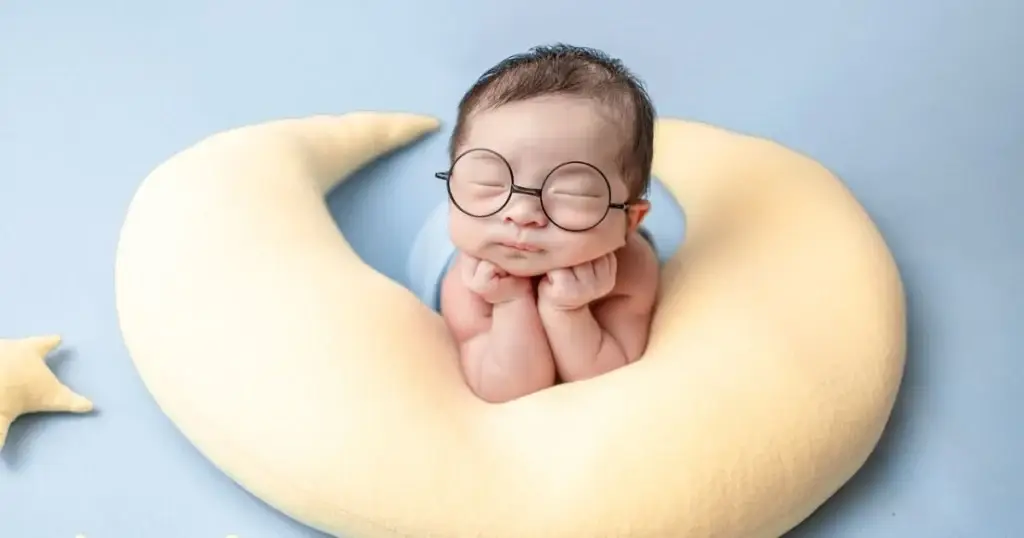
Developmental Milestones in Baby Speech
As your little one grows, you’ll see amazing progress in their speech. They’ll start with cooing and babbling, then say their first words. Each step shows how much they’re growing and learning to communicate.
4-6 Months Communication
In the first few months, your baby will try out different sounds. By the first month, they can look at things 8 to 12 inches away. By the third month, they’ll start babbling and making sounds like you.
6-12 Months Language Progress
As your baby gets closer to their first birthday, their language skills will get better. By the seventh month, they’ll know their name. By their first birthday, they’ll say “dada” and “mama” for the first time.
12-18 Months Vocabulary Growth
Between 12 and 18 months, your baby’s vocabulary will grow fast. They might learn up to nine new words every day. By 18 months, they’ll use 10-20 words and understand many more.
It’s key to watch your baby’s speech and language growth. If you notice any delays, talk to your pediatrician. Regular check-ups help make sure your baby is doing well.
“Development of speech and language skills is most intensive in the first 3 years of life.”
Every child grows at their own pace. Knowing the typical milestones helps you support your baby’s growth. Celebrate their achievements as they learn to speak and communicate.
How Babies Learn to Express Basic Needs
In the early stages, babies mainly use crying and body language to show their needs. As they grow, they start using specific sounds and gestures. Around 9-12 months, they might point to show what they want, like “milk” or “up.”
Responsive caregiving is key for effective communication in infants. When parents and caregivers meet a baby’s needs, it boosts their communication skills. This positive feedback loop shows babies their efforts are valued, encouraging them to keep trying new ways to communicate.
By their first birthday, many babies have learned their first words, like “mama,” “dada,” or “more.” This early language growth is the start of more complex communication skills later on. Caregivers’ attention and response during this time are crucial for a baby’s communication and bonding with parents.
“Responsive caregiving, where parents consistently react to and fulfill these expressed needs, encourages further communication development.”
As babies grow, their way of showing needs gets better. With patience and support from caregivers, they move from simple cries and gestures to more complex sounds and words. This journey is the start of lifelong skills in self-expression, emotional control, and connecting with others.
Building Strong Communication Bonds
Creating a strong bond with your newborn is key for their growth and a lifelong relationship. By lovingly responding to their needs, you start a special connection. This bond grows through touch, soothing talks, and rich language.
Activities like cuddling, talking and singing release hormones that boost your baby’s brain and language. Skin-to-skin contact and cuddles reduce stress and improve sleep. Newborns use smiles and sounds to connect with you.
Showing warmth and affection through talk and song builds a strong bond. This bond is crucial for their language and social skills. Newborns attach to caring people, often parents, but also grandparents or siblings. Bonding with many caregivers teaches trust and expands their social circle, giving you breaks.
FAQ
How do babies communicate from day one?
Babies start talking from the first day with cries, gurgles, and sounds like “ahh.” By 4 weeks, they can tell similar sounds apart. Around 2 months, they connect sounds with lip movements.
What are some of the early language cues babies focus on?
Babies pay attention to words like their name, “mommy,” and “daddy.” They usually say their first words around 12 months. These words often include greetings, names of people, pets, or food.
How do babies use non-verbal cues to communicate?
Babies use facial expressions, body language, and gestures to talk. By 9 months, they start using gestures like pointing. They understand simple words and instructions around 6 months.
What is the progression of a baby’s speech development?
Babies start with sighs and move to babbling at 4 to 6 months. They make sounds like “g” and “m.” Around 9-10 months, babbling sounds more like words as they control sounds better.
What are some common first words that babies say?
Babies often say “mama,” “dada,” “bye-bye,” “hi,” and names of pets or food. These words are about important people, pets, or things they see every day.
How do babies use body language to communicate?
Babies use eye contact, facial expressions, and body movements to talk. Turning away might mean they’re too busy. Reaching out could mean they want something or someone.
What are the stages of a baby’s pre-verbal communication?
Pre-verbal communication includes cooing, babbling, and gestures. Babies make sounds like “ba” for ball or “da” for dog. Around 18-24 months, they start using simple word combinations like “more milk.”
How do babies express emotions through communication?
Babies show feelings through their face, voice, and body. Smiling starts at 6-8 weeks, and laughter comes at 3-4 months. As they grow, they show frustration, anger, or fear.
What are the key communication milestones in a baby’s development?
At 4-6 months, babies start babbling and trying out sounds. From 6-12 months, they understand simple words and say their first word. Between 12-18 months, their vocabulary grows fast, with up to nine new words a day.
How do babies learn to express their basic needs?
Babies first show their needs through crying and body language. As they grow, they use specific sounds and gestures. Their first words often ask for basic things like “milk” or “up.”
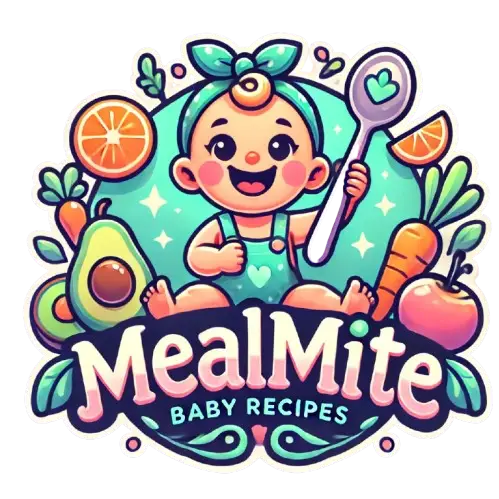
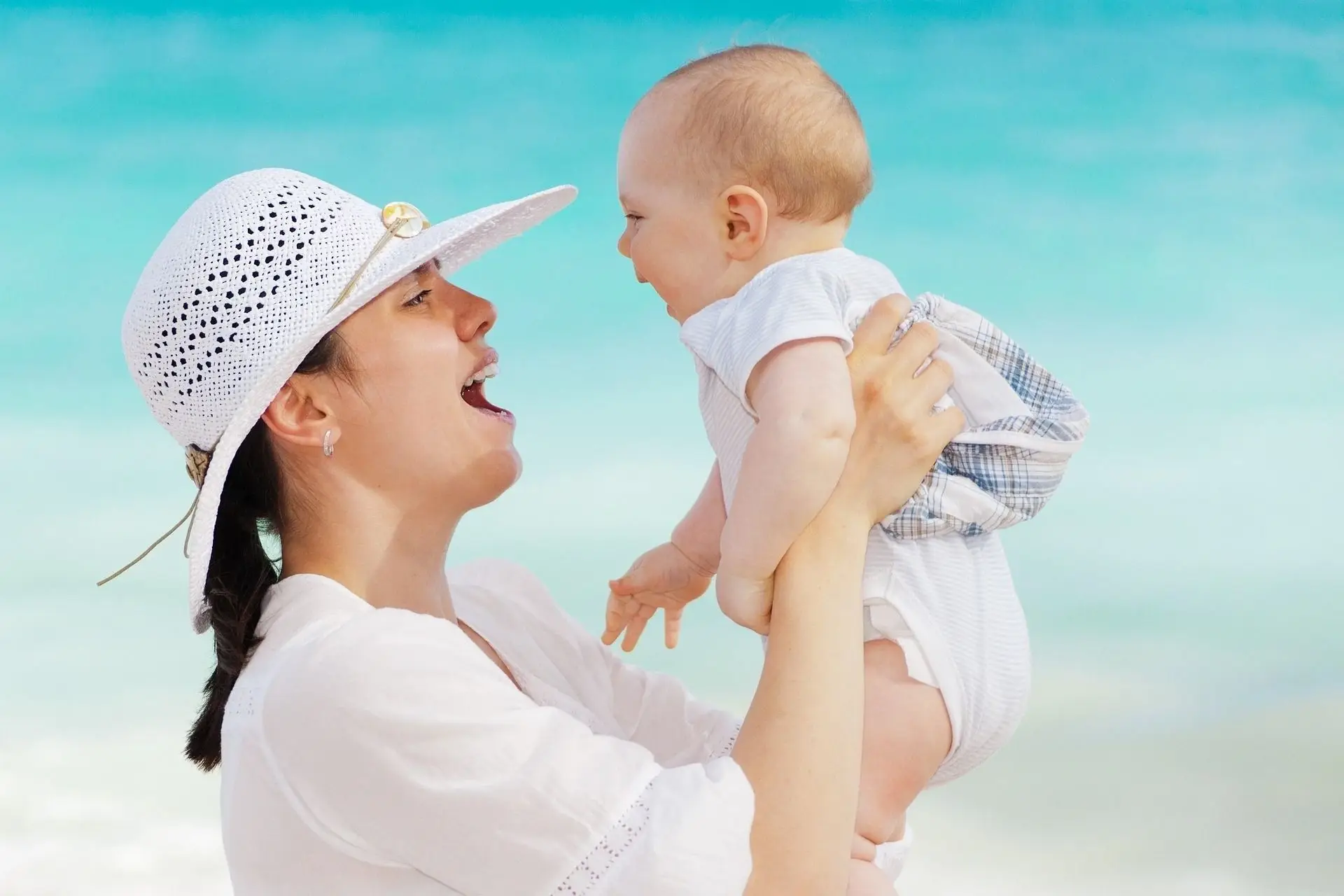
3 thoughts on “Things a Baby Might Say to a Mom: Here Is How You Can live an Unforgettable Experience”